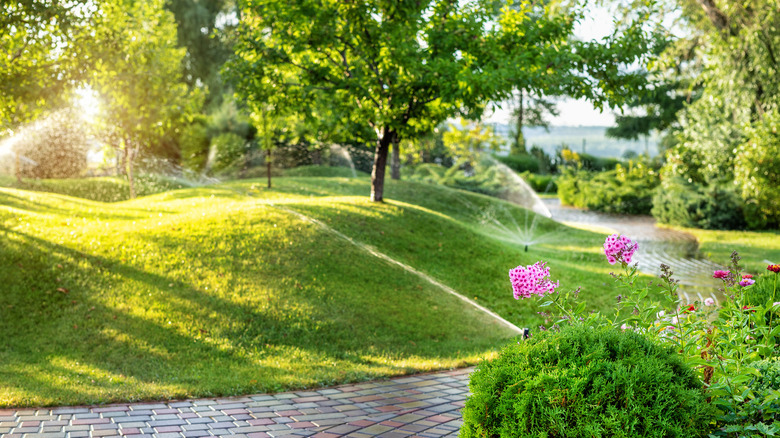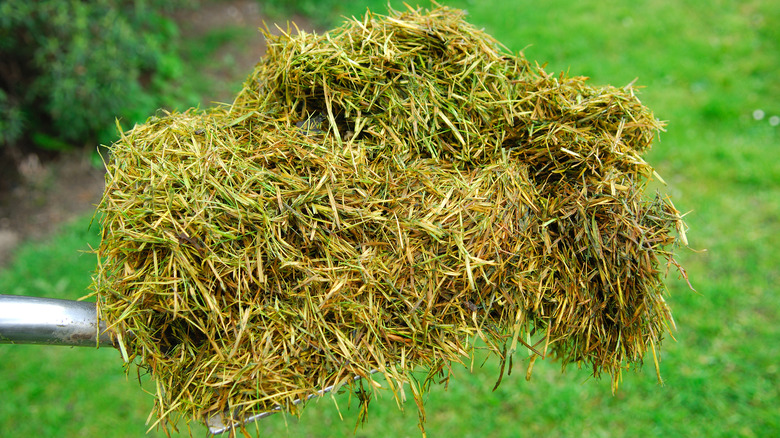How To Water Grass On A Hill (And Save Your Dying Lawn From Gravity)
The battle against gravity gets us all eventually. But today, skip the narrative of wrinkles or sagging muscles; we're focusing on the uphill battle (pun intended) of keeping your sloping lawn lush and green. Not all things that roll downhill are enjoyable. When water races down a hilly lawn, it can drag along the topsoil, leading to a soggy mess at the bottom and potentially leaving your once-healthy hillside into a sad landscape gasping for thirst.
Onto the juicy part. There's a saving grace for your dehydrated grass — intermittent lawn watering. Imagine making a speech at a party. You can't effectively communicate by blurting out everything in one go. Pause, reflect, then speak some more. And so, similarly, you give your lawn its refreshment, one sip at a time. For example, you could break down a 30-minute watering session into five segments, each lasting six minutes and followed by a five-minute rest to optimize water absorption. During the rest periods, douse another parched part in your yard with the same precision.
Frowning at the thought of standing guard with a timer? Fortunately, modern irrigation systems can be programmed for cycle and soak applications. This little bit of irrigation sorcery is best performed early in the morning or late in the evening when temperatures and evaporation rates are low. And for an extra eco-friendly touch, employ a drip system. It singularly targets specific spots and does so leisurely, meaning no more excessive ground moisture or water racing downhill.
More on preventing water runoff on a sloped lawn
When dealing with a hydrophobic, sloped lawn, short irrigation cycles alone might not cut it. So, how else do you ensure water infuses your grass? Enter lawn aerification. Purposely making small holes in the ground makes it easier for these lifesavers to penetrate the soil more efficiently, reducing runoff probability. Next on board is applying soil-wetting agents. These break down the waxy coatings in the soil that cause water repellency, allowing the water to be absorbed more readily by the soil.
Top-dressing your lawn with organically enriched soil is at the heart of preventing water runoff. Think of it as the spinach to your lawn's Popeye, providing all the essential nutrients and improving the water retention capability. The cherry on top is witnessing your lawn transform into a lush green under your care. And don't underestimate the magic of manure. Along with sprucing up the soil texture and fertility, it fosters stronger roots that are more capable of tethering against the water currents.
Finally, leaving lawn clippings to dry on your grass has been an age-old practice with substantial benefits. These cuttings form a thin layer of mulch on the soil that acts as a sunscreen, shielding the soil from drying out and toning down its hydrophobic behavior. As a bonus, their gradual decomposition supercharges the soil's nutrient level. Progress through one technique at a time and watch your hydrophobic, sloped lawn turn into a hydrophilic, green oasis.

